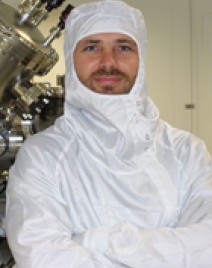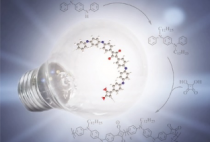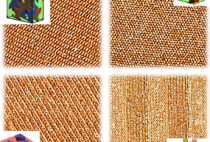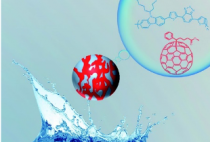
Team 4 : Polymer materials for Electronic, Energy, Information and Communication Technologies

Organic semiconductors constitute a new class of functional materials and represent an alternative to conventional silicon-based technologies. Due to their soft nature and ease of processability, organic semiconductors are well suited for applications for large area and/or flexible devices, as well as for compatibility with paper and plastics. Thanks to these unique properties, organic electronics has the potential to give birth to disruptive innovations, providing solutions to some of the current challenges in energy, environment, information and communication.
In 2007, the Aquitaine Region envisioned to become a major player in this emerging field by putting forth a cluster devoted to organic electronics. The University of Bordeaux (UB)/Institute National Polytechnic (INP) supported this decision by committing themselves to be the scientific hosts of this new group in order to construct an “Organic Electronics Valley” in Aquitaine. In this context, in 2009, the above partners together with ARKEMA Corporation established a five year-term Chair of Excellence, with holder Prof. Georges Hadziioannou, aiming to reinforce the existing expertise and competences in the field of organic electronics and to establish a viable link with the local industrial sector. Hence, a dynamic team was created working on science and innovation in the field of large-area, flexible and printed organic electronics.
Members
-

Mélanie Bousquet
Assistant engineer
-

Cyril Brochon
Full professor
-
Benjamin Cabannes-Boué
Engineer
-

Éric Cloutet
Senior researcher
-
Guillaume Fleury
Full professor
-

Adèle Gapin
Assistant professor
-

Georges Hadziioannou
Emeritus
-

Florian Le Goupil
Assistant professor
-

Roland Lefèvre
Research engineer
-

Thiago RODRIGUES GUIMARAES
Researcher
Latest publications
Projects
- ANR Dirac-III-V
- ANR Labcom PLIIS
- ANR MULTISPOT
- ANR Chaire industrielle SMILE
- ANR CARDIF
- FUI REX-7
- H2020 HyPhOE
- H2020 SUN-PILOT
- H2020-RISE IONBIKE
- H2020-Marie-Curie TEXTHIOL
- Idex International associated Chair MARBLE – Natalie Stingelin
- IRP NextPV-II
- Labex AMADEus
- Equipex ELORPrintTec
- ANR MAPLLE
- ANR BIOCOP
- ANR CHIRA-SENSEO








